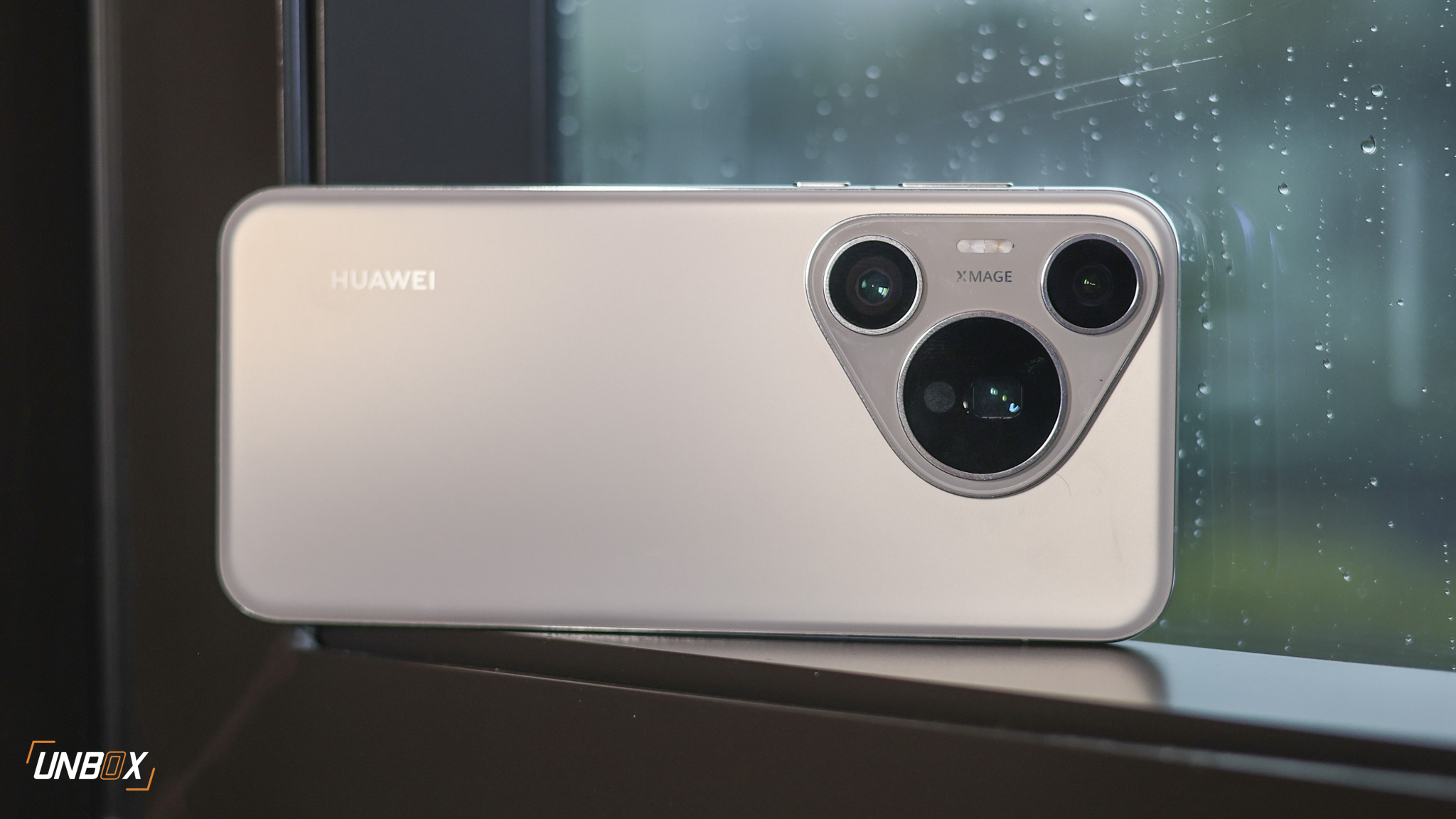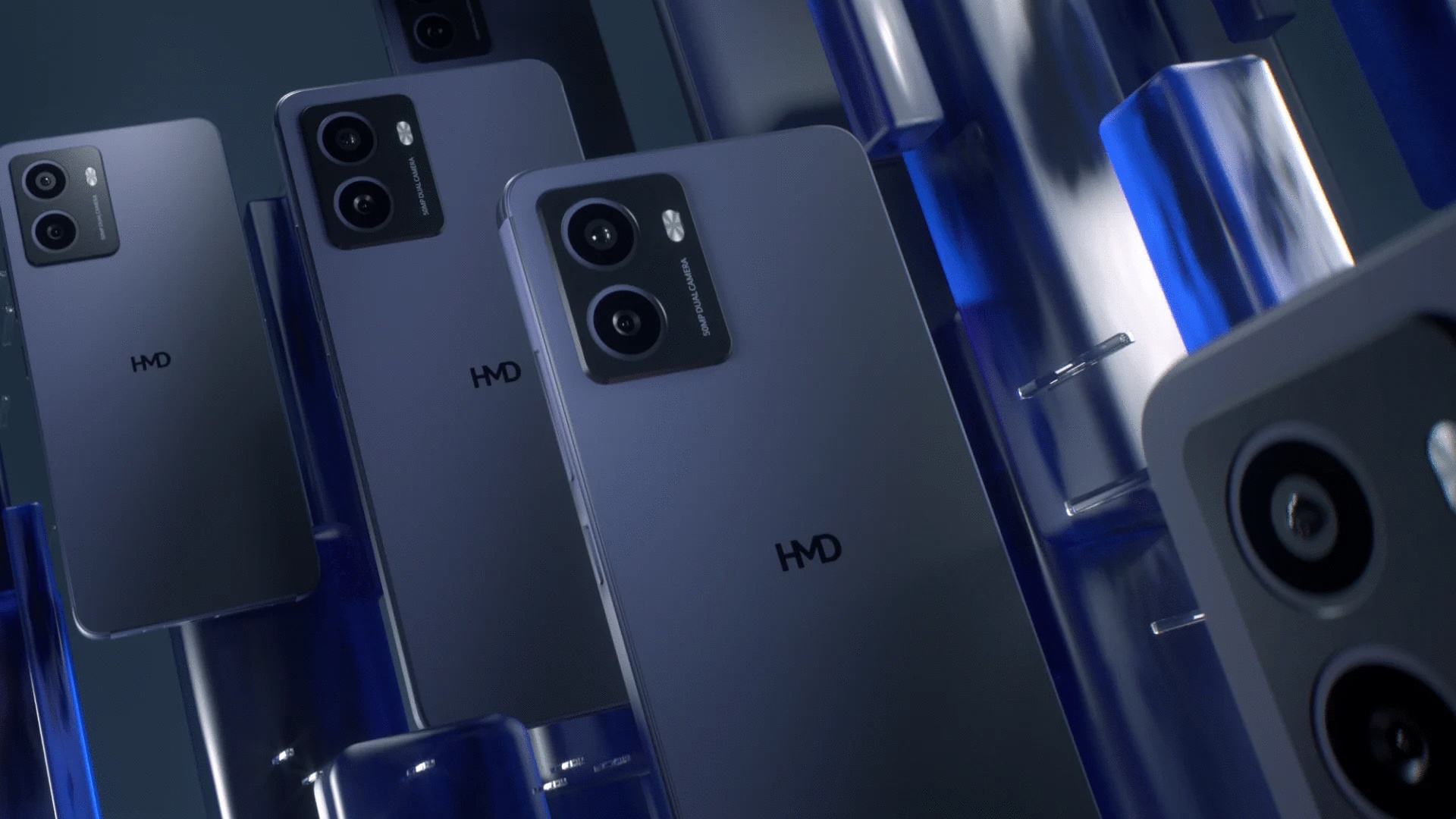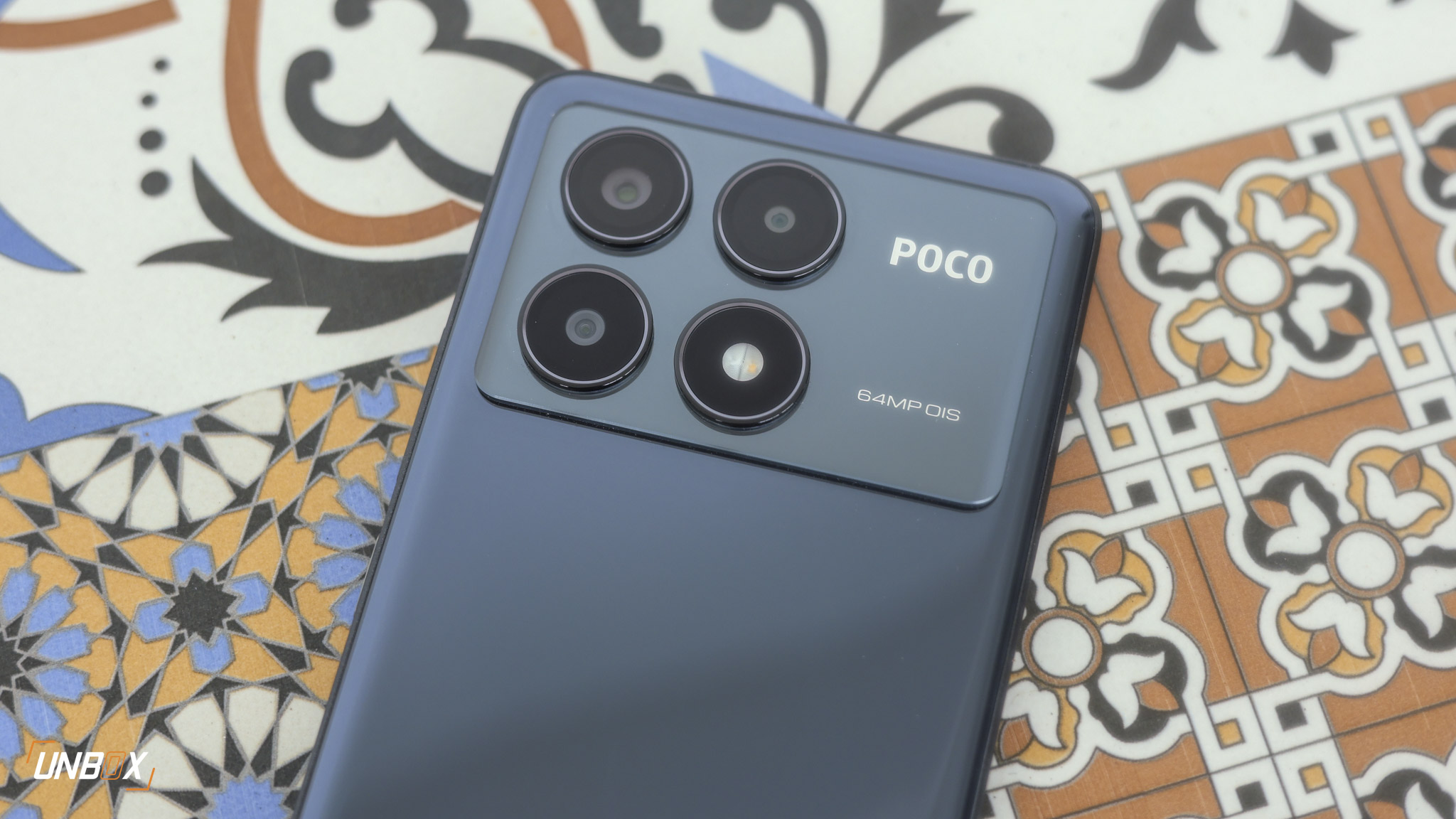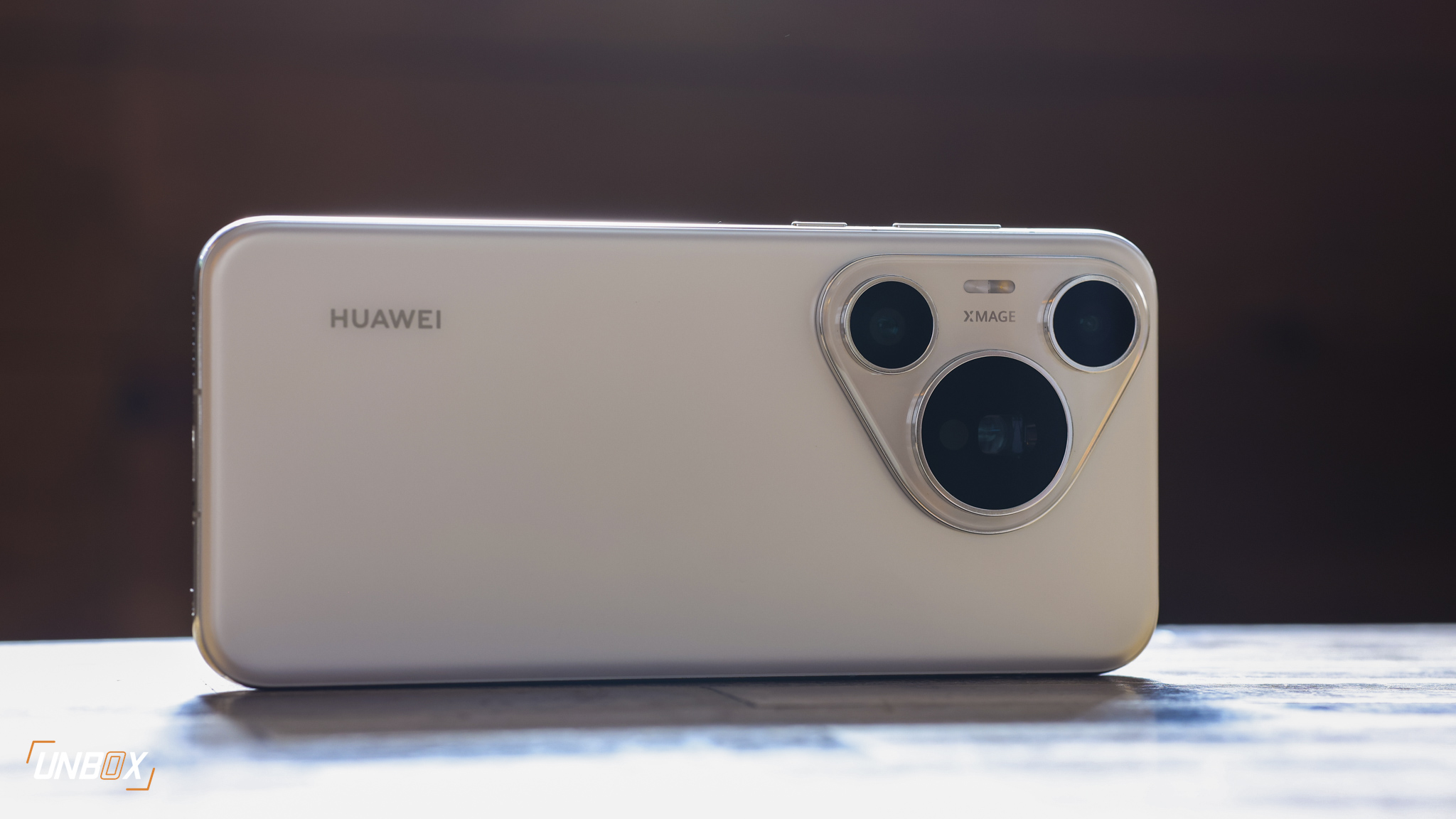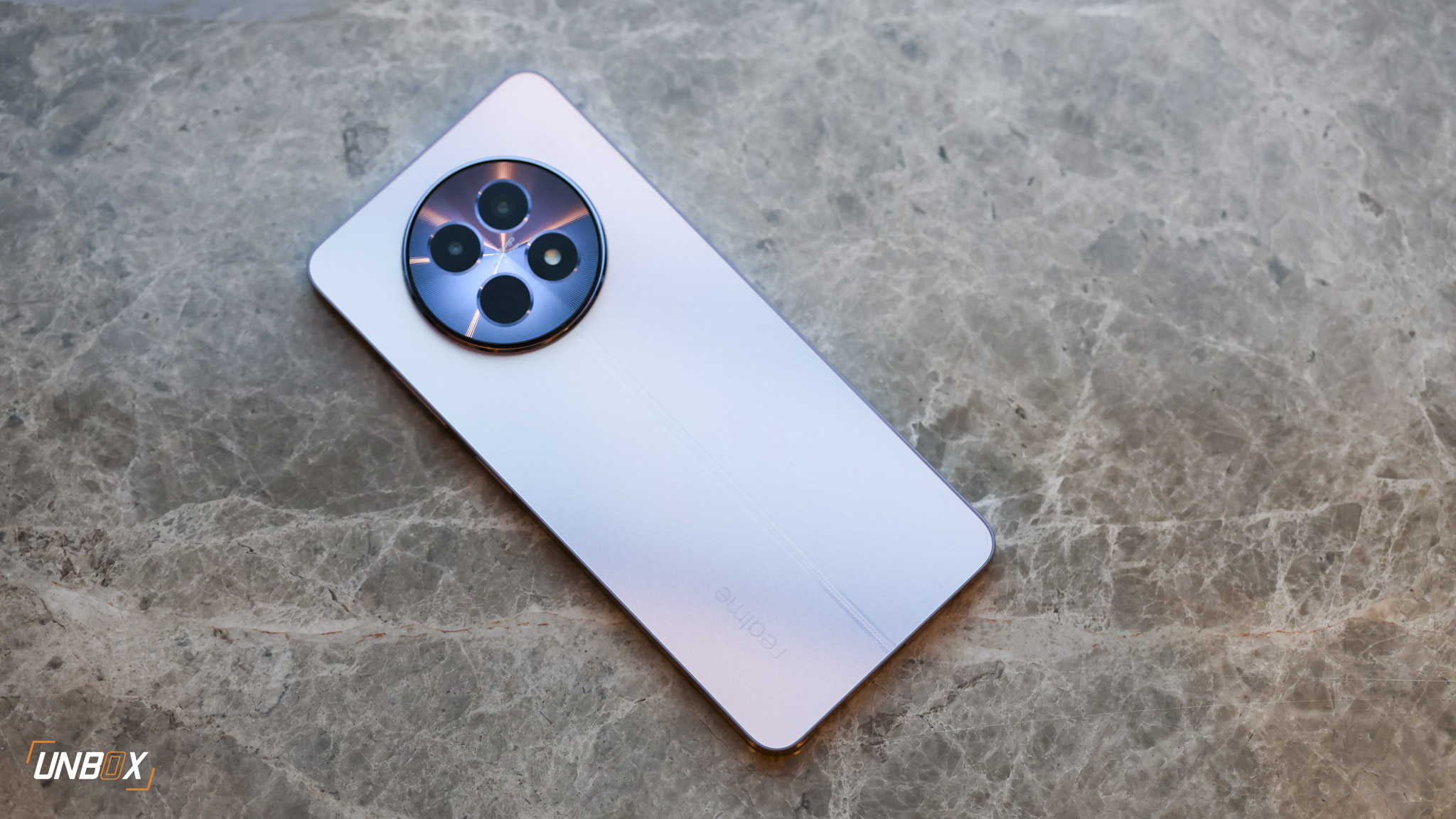
While NVIDIA’s Pascal-powered GTX 1060, GTX 1070 and GTX 1080 have things covered in the high-end of the spectrum, budget PC gamers have been waiting quite a while for a budget-oriented, Pascal card since the debut of the GTX 1080 back in May. Well, penny-pinching gamers rejoice – there’s finally a budget GPU built on the new Pascal architecture – the GTX 1050, and the 1050 Ti. Today we’ll be taking out a card made by Zotac to see just what this budget GPU can do.

The GTX 1050 is a relatively smaller card compared to its bigger brothers, owing to its less complex architecture. Zotac’s example for review is the mini version of the GTX 1050, meant for compact gaming and media PCs. As such it only has a single 90mm fan for cooling, and a smaller, aluminum sunflower heatsink. One nice thing about GTX 1050s is the fact that it takes power directly from the PCIe bus – no external power is needed for the card to work. There’s a single DisplayPort, HDMI and DVI-I connector at the rear.

Going over the GTX 1050’s architecture, you’re looking at a GP107 GPU. The GPU is bult on a 14nm process, and has 640 CUDA cores. Base clock is 1354MHz, which goes up to 1455. There’s only 2GB of VRAM available though, which is a major limiting factor when playing games. TDP sits at power-efficient 75 watts. The card has most of the features of Pascal, but is not built for VR. It simply doesn’t have enough oomph to power VR systems properly.

Alright, time for some benchmarks! Like our previous reviews our system has remained pretty much the same – an Intel Core i5 6400 Skylake processor, an ASUS B150M Pro Gaming motherboard, 8GB of DDR4 RAM and 5TB 7200RPM HDD.
The GTX 1050 is primarily aimed at budget gamers who are looking for a cost-effective way to game at medium to high settings at full HD. So naturally we benchmarked it against newer games at exactly the same level – medium resolution when possible, at full HD. We used Batman Arkham Asylum, Battlefield 1, The Division and Rise of the Tomb Raider for the games. Our full medium settings testing unfortunately was not possible on Batman Arkham Asylum because the texture settings for medium was too much for the card’s 2GB of VRAM.
Here are the numbers:

As you can see the GTX 1050 is perfectly capable of keeping the framerates of current generation games above 30FPS. We were most surprised with the results of the card with Battlefield 1, since it’s still not as polished and as optimized as we’d like, but despite that the card managed to keep everything running nice and smooth above 60 frames with full HD on medium settings. Of course things change a bit if you want to game on higher settings, and the card will start to chug with high settings which is simply the reality of a GPU that has a mere 2GB of RAM on it. Maybe things will be a little different with the GTX 1050Ti which has 4GB of VRAM available.
Verdict: The card to get if you’re low on funds and tight on the budget
If you’re upgrading from two NVIDIA generations back (GTX 750 and 750Ti) then the choice is pretty clear – the GTX 1050 is a no-brainer. Prices for the GTX 1050 are hovering around Php 5,900 for the Zotac GTX 1050 Mini, which is fair, considering MSRP on these things should be around 100$. You will have to set your expectations though – this card is only good for full HD gaming at medium settings – if you want to play at high settings, you’ll have to downgrade your resolution or sacrifice a couple of graphical elements for smoother gameplay, or opt to go for the slighty more expensive GTX 1050Ti or go the 3GB GTX 1060 route.
At the end of the day if your PC gaming experience is centered around playing MOBAs like DoTA or online titles like Overwatch, then the GTX 1050 has you covered.


